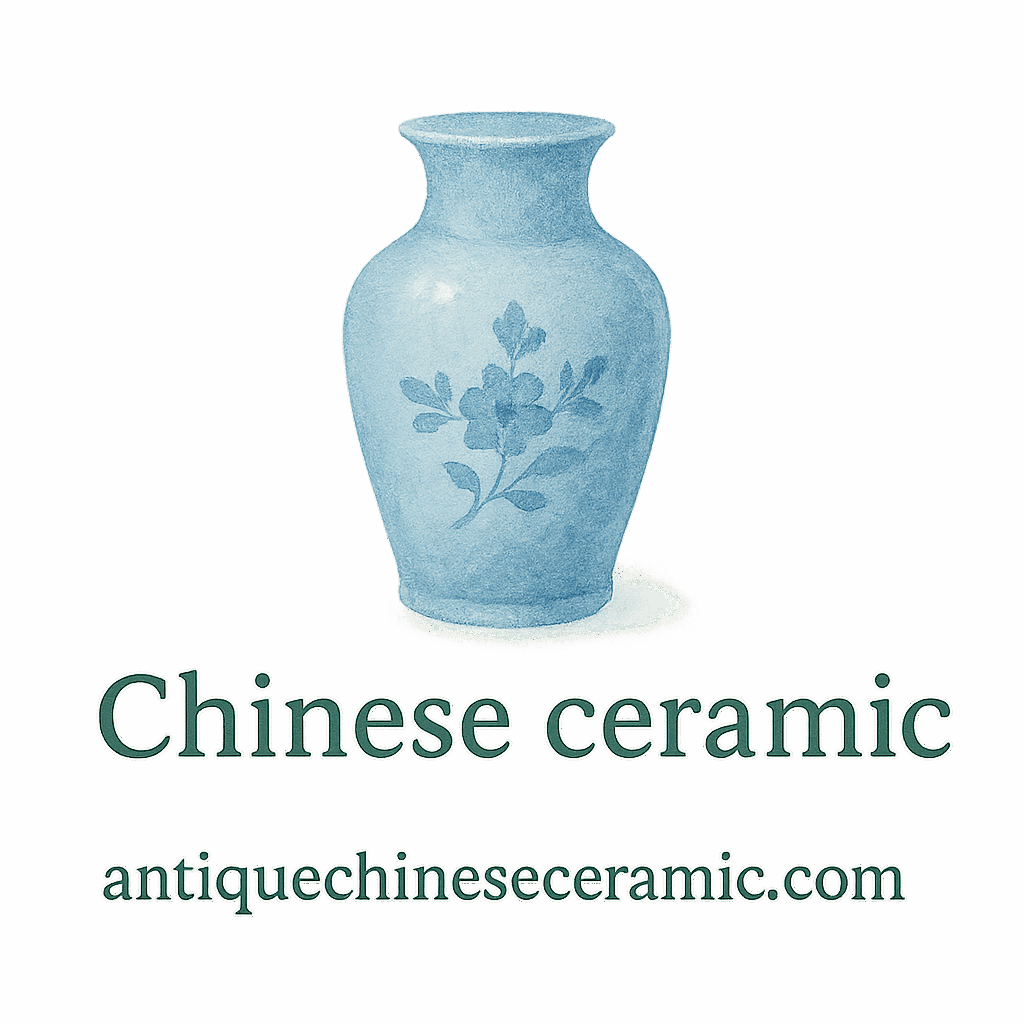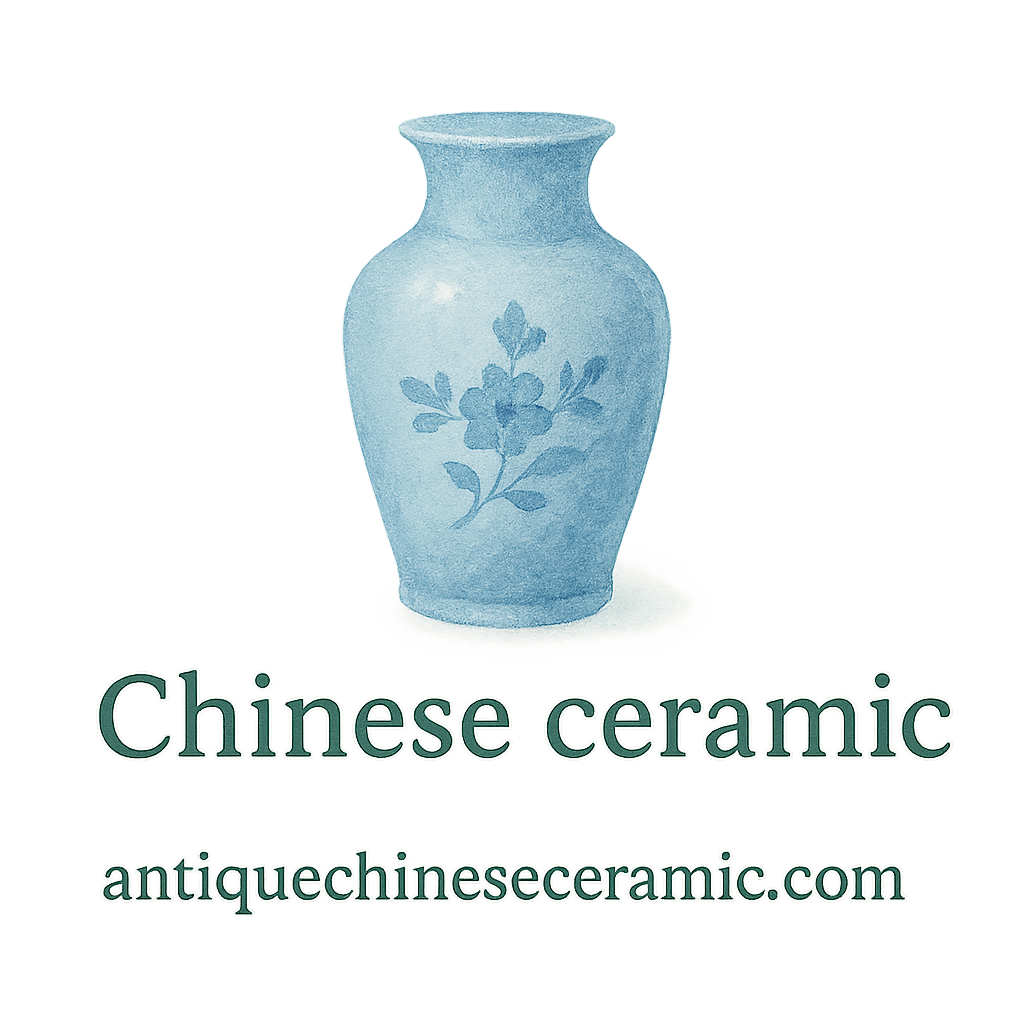If you’re lucky enough to own a few pieces of antique Chinese ceramics, you already know they’re more than just beautiful decor — they’re fragile links to ancient craftsmanship, history, and culture. But here’s the thing: displaying them without the right setup can turn your precious collectibles into accidents waiting to happen.
Whether you’re a seasoned collector or just dipping your toes into the world of porcelain, this guide will help you show off your ceramics in a way that’s both gorgeous and safe.
Why Display Matters for Antique Chinese Ceramics
Historical and Cultural Importance
These aren’t just plates or bowls. They’re time capsules — some date back to dynasties like the Tang, Song, or Qing. Every glaze, shape, and brushstroke tells a story that connects us to Chinese heritage. That’s why proper care and preservation is vital.
Fragility and Irreplaceability
One accidental bump, a little too much sunlight, or even unstable humidity can cause irreversible damage. These ceramics are often delicate due to age and materials. Once broken, they lose both value and authenticity.
Tip #1: Use Proper Display Cabinets
Choose Cabinets with UV-Filtering Glass
Sunlight is a silent killer. Ultraviolet (UV) rays can fade painted surfaces and degrade ceramic glazes over time. When selecting a display cabinet, go for one with UV-filtering glass to reduce light damage — a staple recommendation in our preservation tag section.
Use Lockable, Dust-Free Enclosures
Dust might seem harmless, but it can wear down ceramic surfaces over time — especially with repeated cleaning. Lockable cabinets also protect from curious kids, pets, or guests who just can’t help but touch.
For more insight into storage conditions, visit our detailed page on care and preservation.
Tip #2: Control the Lighting
Avoid Direct Sunlight
If your ceramics sit near windows or skylights, move them — now. Exposure to direct sunlight causes fading, surface weakening, and even cracking over time. That’s why proper positioning is key for long-term preservation.
Use Soft, Ambient Lighting
Instead of overhead bulbs or halogen spotlights, try LED lights with dimmers. These produce minimal heat and are energy efficient — giving you peace of mind and still letting your collection shine.
Tip #3: Regulate Temperature and Humidity
Optimal Climate Conditions
Ceramics prefer stability. Ideal conditions? 68–72°F (20–22°C) with a humidity level around 45–55%. Too much humidity can encourage mold, while too little can make materials brittle.
We cover this more extensively in our care and preservation section and the tag on safety.
Avoid Common Environmental Threats
Avoid placing your collection near fireplaces, vents, or exterior walls that are prone to dampness. You’d be shocked at how often these environmental hazards lead to ceramic disasters.

Tip #4: Use Safe Mounting and Positioning
Stabilize Each Piece Securely
Display stands and mounts should be custom-fitted and padded. Avoid any contact with rough metal or untreated wood — these can scratch or crack your ceramics over time. Use non-slip silicone pads for added security.
Avoid Overcrowding
Give each piece room to breathe. Crowded displays not only look messy but increase the risk of pieces knocking into each other. You’re curating a gallery, not stacking dishes in a cabinet.
Tip #5: Keep Away from High-Traffic Areas
Avoid Accidental Contact
Placing a rare Ming vase on a side table in a busy hallway is basically asking for disaster. Accidental bumps and vibrations can slowly nudge pieces off balance.
Ideal Spaces for Display
Think corners of sitting rooms, home libraries, or behind glass in dedicated viewing areas. These give your collection pride of place without placing it in harm’s way.
Tip #6: Routine Cleaning and Maintenance
Safe Cleaning Methods
Avoid using household cleaners. A simple soft brush or microfiber cloth can go a long way. For grime, use distilled water with a damp cotton swab. Always test a small area first.
Check our cleaning tips and surface care tags for more do’s and don’ts.
Professional Care vs. DIY
If you’re dealing with flaking glazes or age-related surface issues, don’t play hero. Reach out to a professional conservator — ideally someone who specializes in Chinese ceramics.
Don’t Forget: Documentation and Insurance
Even if your collection’s small, documentation protects you. Take photos, log descriptions, and appraise each piece — ideally using a certified appraisal expert. You might also consider auction records for valuation.
How to Blend Safety with Aesthetic Appeal
Showcasing Beauty Without Risk
Use mirrors inside cabinets for reflection, soft lighting for drama, and minimalist backgrounds that let each piece shine. Great display is an art form.
Balancing History and Home Design
Whether your interior is modern or traditional, antique Chinese ceramics fit in — if displayed right. Use design to honor their heritage while protecting them.
Where to Learn More About Ceramics Display
Recommended Guides and Resources
Our platform at Antique Chinese Ceramic is full of helpful resources. Dive deeper into:
- Identification tips
- Valuation techniques
- Timeline and dynasties
And don’t forget to explore our collecting guide.
Conclusion
Showcasing antique Chinese ceramics is about more than just style — it’s about storytelling, respect, and protection. With the right setup, you don’t have to choose between beauty and safety. Follow these tips and your collection will remain timeless, admired, and most importantly — intact.
FAQs
1. How do I clean my antique Chinese ceramics safely?
Use a soft brush or cloth with distilled water. Avoid household cleaners that could damage the glaze or paint.
2. What’s the best lighting for displaying ceramics?
LED lights with adjustable dimmers are ideal. Avoid direct sunlight at all costs.
3. Should I insure my ceramic collection?
Absolutely. Consider an appraisal and photograph each item for documentation purposes.
4. What temperature and humidity levels are best for storage?
Keep the temperature between 68–72°F and humidity around 45–55% for optimal preservation.
5. How can I tell if my Chinese ceramic is valuable?
Start by checking out our identification and valuation guides or consult an appraisal expert.
6. Is it better to store or display valuable pieces?
Display them with the proper safeguards like UV glass and secure mounting. Hiding them away doesn’t do justice to their beauty.
7. Where can I find more display ideas and methods?
Visit our collecting section and explore the methods tag for creative and safe solutions.


